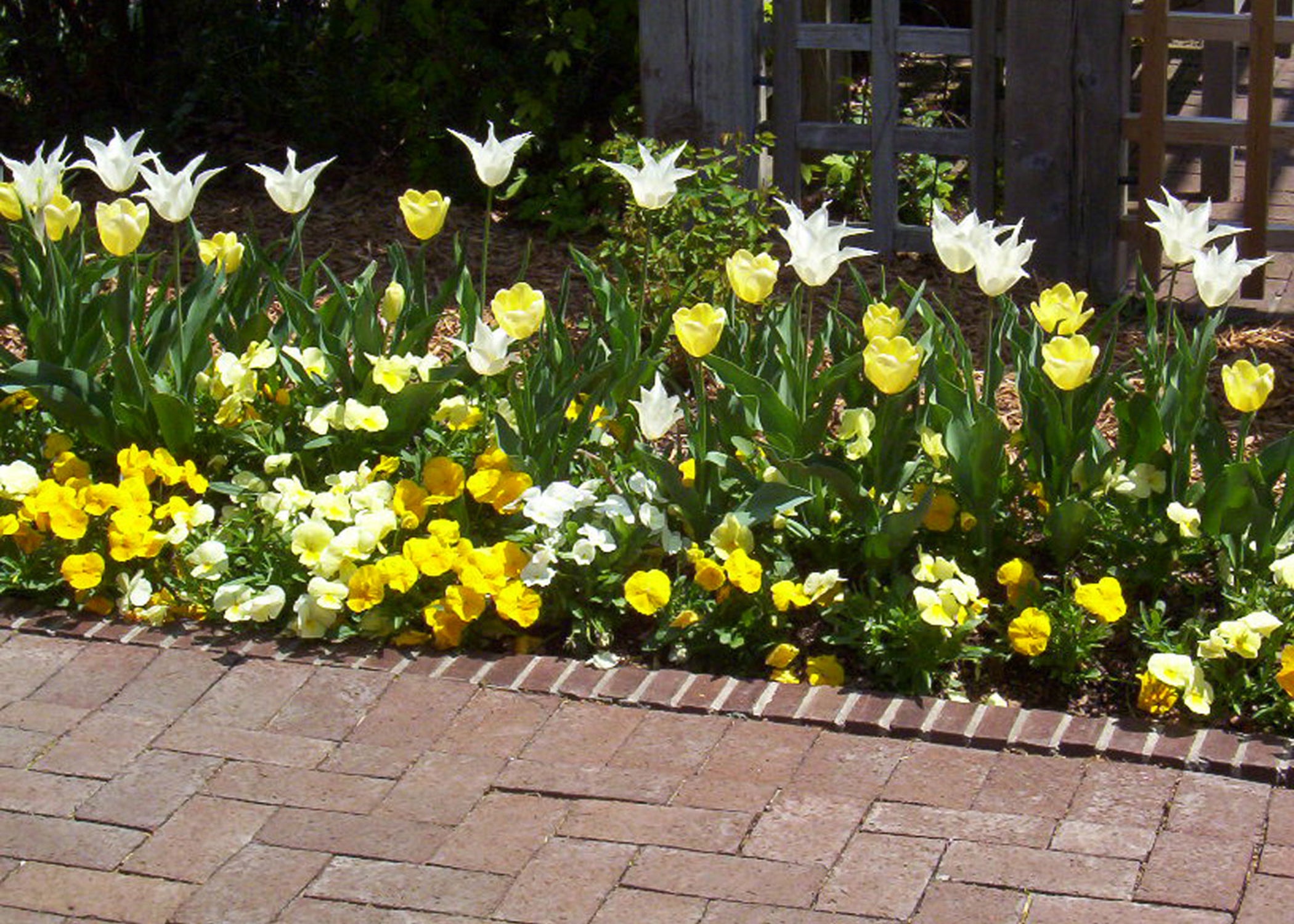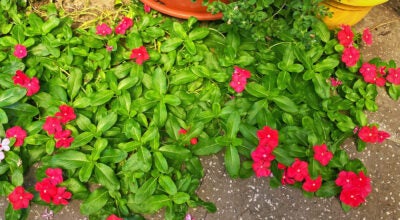November is ideal bulb-planting time
Published 1:16 pm Monday, November 15, 2021

- MIXED -- Interplanting early spring annuals like these pansies provides with the bulbs provides lush beauty and helps hide the bulb’s fading foliage as it later declines. (Photo by MSU Extension/Gary Bachman) Alt text -- Yellow and white flowers grow beside a brick walkway. ###
By Gary R. Bachman
MSU Extension Service
When leaves fall and landscapes begin to look bare for winter, it can be easy to think it’s time to stay indoors. But fall is the ideal time for a variety of landscape chores.
One job for chilly weather is planting and preparing for spring-flowering bulbs. This is an optimistic chore, as you get to prepare for blooms and beauty months away.
Tulips, daffodils, hyacinths and crocuses are among the first plants to give us colorful signs that winter is almost over. Many gardeners refer to all of these as bulbs, even though some grow from underground structures that include corms, rhizomes and tubers.
In Mississippi, anytime up to and after Thanksgiving is a great time to plant bulbs, tubers and corms. The soil temperatures are lower, and there is sufficient moisture most years. Planting at this time allows the root system to establish through the winter months and support the foliage and flowers in the coming spring.
Planting bulbs in the past was a difficult chore, but using bulb augers attached to cordless drills makes the task much easier. An 18-volt or larger drill works best. If you don’t already have one, this could be the perfect excuse to buy yourself a tool. It also makes a great gift for a gardening friend.
Drill the holes to the proper depth, place the bulb in the ground, and cover. Done!
The depth of the hole is determined by the size of the bulb. Generally, you need to dig a hole that is two and a half times the bulb diameter.
Always plant the widest end of the bulb down, as this is usually where the roots are formed. But even if you slip up and plant some upside-down, the roots and shoots find a way to grow in the proper directions.
Some bulbs and corms have a papery, protective cover called a tunic. Do not remove this before planting, and clean up any debris that could signal to squirrels that there are bulbs in the ground.
If you have a squirrel problem, the best protection is a physical barrier. Chicken wire fashioned to cover the bulb-planting area is foolproof. Leave it in place over the winter, but remove it when new growth appears in the spring.
Fertilization is not required the first year. In subsequent years, apply a 10-10-10 garden fertilizer at about 1 1/2 pounds per 100 square feet.
Some gardeners are not big fans of bulbs because the foliage looks ratty after the flowers are spent. No matter how bad the foliage looks, I advise gardeners to leave the foliage as these leaves are vital for flowering next year.
Knowing there will be a time in the landscape when the bulbs don’t look their best, I borrow an idea from the apparel industry: accessories. In the spring, you can interplant early-spring annuals with the bulbs. Their blooms and color can hide the bulb’s foliage as it begins to decline.
You can also accessorize your bulb area with flowering perennials that offer the same distraction. Perennials require less work in the garden than planting annuals each year.
The garden is a place to try new plants and different plant combinations. If you don’t like how your spring-flowering bulbs turned out last year, try something new this year.





